Color is one of the characteristics of different types of wood. Did you know that some woods are naturally orange? Some types of wood have a beautiful natural color and do not need to be painted. The use of these woods has increased today because people are aware of the disadvantages of chemical dyes. In this article, we will introduce natural orange-colored wood types.
What Color is Orange?!
Orange is a secondary color, it is created by mixing yellow and red colors. When we talk about orange color, orange (fruit) usually comes to mind. But you should know that when we talk about orange-colored wood, we should forget about the orange fruit.
No wood is as orange as an orange fruit! So lower your expectations.
The woods listed in this article are pale orange, yellowish-brown, and golden (generally a range of colors between yellow and red).
4 Types of Special Orange Colored Woods
Before giving a complete list, let’s point out 4 types of special orange-colored woods that we find interesting.
1- Osage Orange Wood
- Common Names: Osage Orange, Horse Apple, Hedge Apple
- Scientific Name: Maclura pomifera
- Distribution: South-central United States
- Color: Its color can be golden to bright yellow when first cut but it turns brown when exposed to sunlight (even indirectly).
See Preventing Color Changes in Exotic Woods.
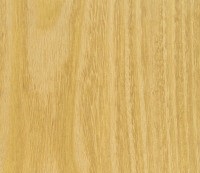
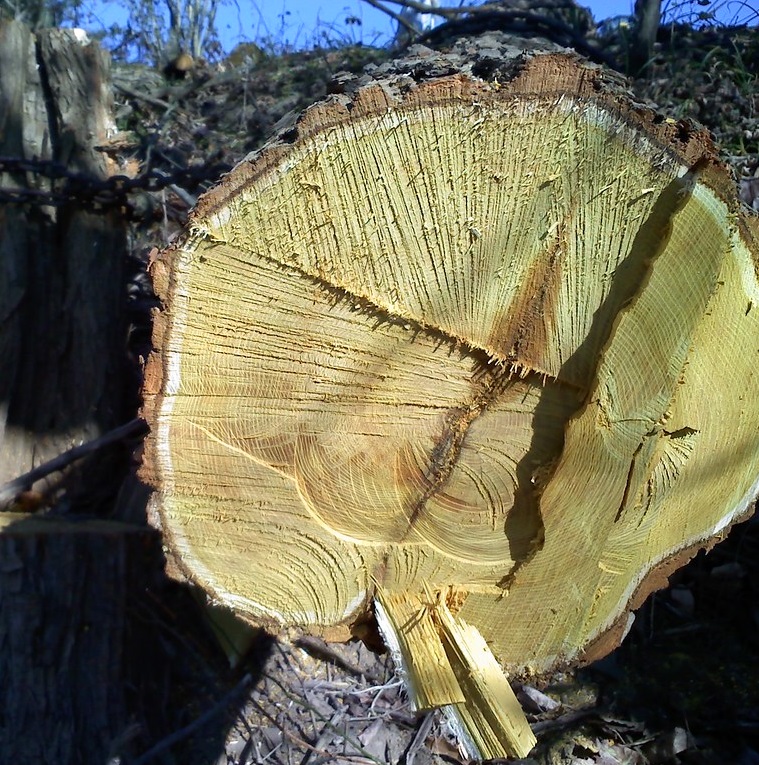
Although the name of this wood is Osage Orange, you can see that it is not very orange!
Osage Orange is a hardwood.
Lichtenberg Wood Burning eBook
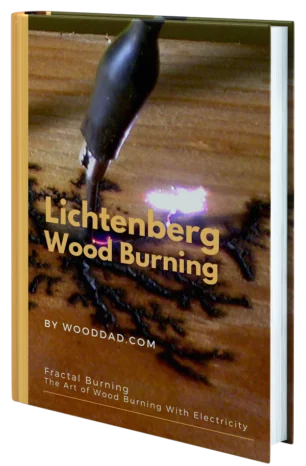
Download Lichtenberg Wood Burning eBook
One of the modern techniques for creating wooden artwork is called Lichtenberg wood Burning. In this eBook, we are going to introduce this newfound art to you.
This technique is known with some different names such as Lichtenberg wood burning, fractal wood burning, and electricity wood art.
This technique should not be confused with wood burning art or pyrography. The art of pyrography on wood is the art of creating motifs and designs by burning with hot metal tools on objects such as wooden surfaces.
Lichtenberg burning is a wood-burning technique for creating designs with electricity.
This eBook is a comprehensive guide on Lichtenberg Wood Burning. All you need to know for Lichtenberg Wood Burning is here.
This is a limited-time offer, order now to get access to the future eBook releases.
2- Argentine Osage Orange or Fustic
- Common Name: Argentine Osage Orange, Fustic.
- Scientific Name: Maclura tinctoria (syn. Chlorophora tinctoria, Morus tinctoria)
- Distribution: Tropical America (West Indies, Central and South America)
- Color: Heartwood of this wood is golden to bright yellow, which almost certainly ages to a darker medium brown.
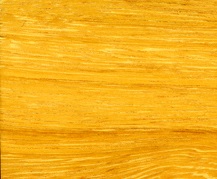
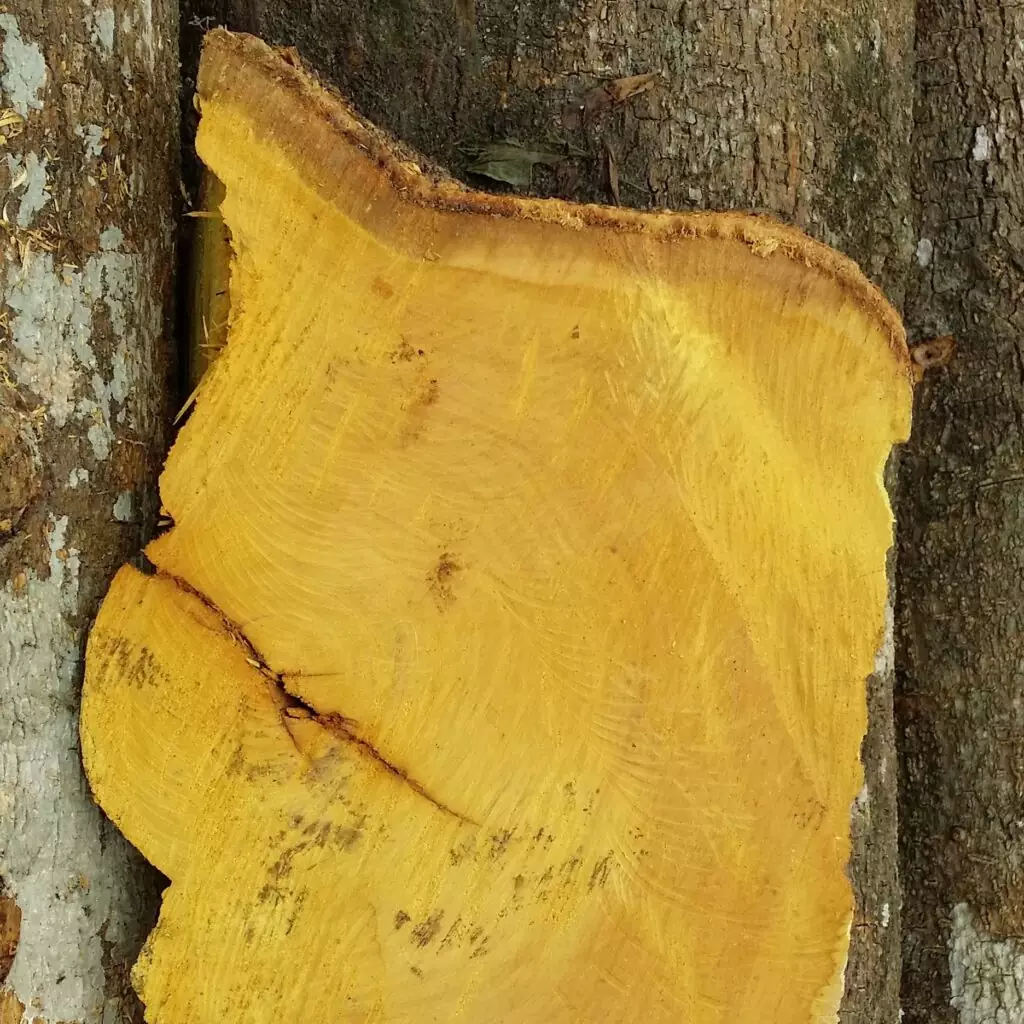
Maclura Tinctoria is the scientific name of this tree which is native to Argentina and most of the other countries in South America and Central America.
This wood has almost many different common names, but in the USA it was generally known as “Fustic” until recent times when the term “Argentine osage orange” has taken over.
It is interesting to know this wood produces a yellow dye called fustic (which is high in tannic acid). Argentine Osage Orange is more yellow than orange, but it can be on our list anyway.
3- African Padauk Wood
- Common Names: African Padauk, Vermillion
- Scientific Name: Pterocarpus soyauxii
- Distribution: Central and tropical west Africa
- Color: its color can vary, ranging from a pale pinkish-orange to a deep brownish-red. This wood is reddish orange when freshly cut, darkening substantially over time to a reddish-brown.
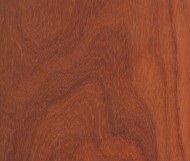
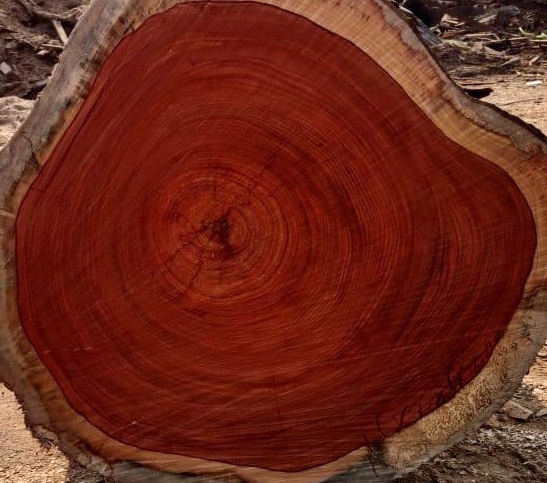
African Padauk could also be on the list of red-colored woods.
4- Tigerwood
There are many types of Tigerwood. These species, as their name implies, are known for their dark vein stripes and beautiful deep reddish-orange background.
Goncalo Alves (Scientific Name: Astronium spp) is one of these species and is sometimes specifically called Tigerwood.
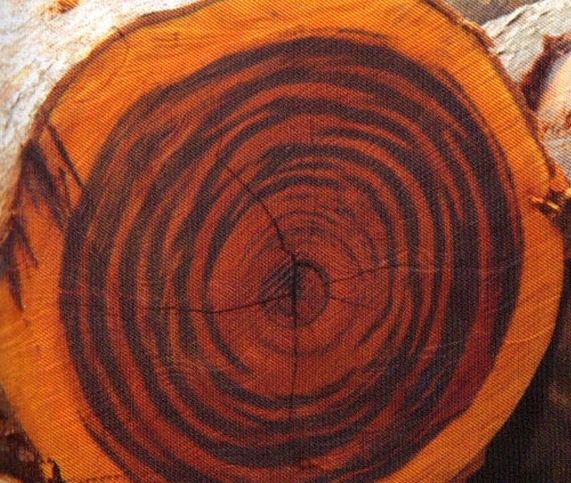
Orange Colored Woods List
Here is a complete list of all the orange-colored woods in different parts of the world.
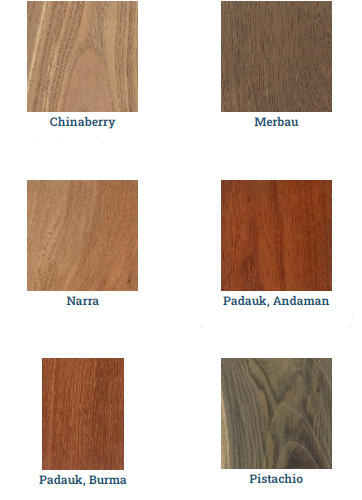
Asia:
- Chinaberry
- Merbau
- Narra
- Padauk, Andaman
- Padauk, Burma
- Pistachio
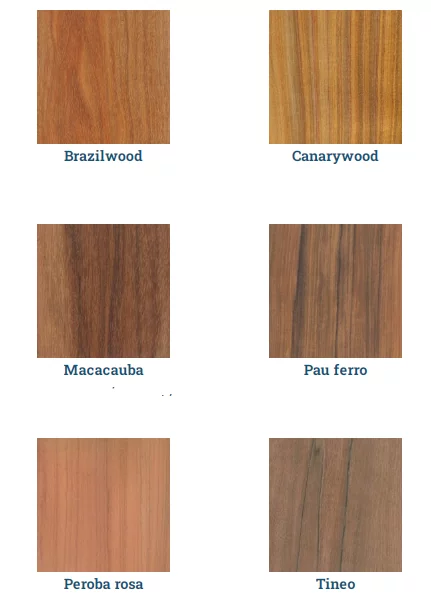
South America:
- Brazilwood
- Canarywood
- Pau Ferro
- Macacauba
- Tineo
- Peroba rosa
- Tulipwood
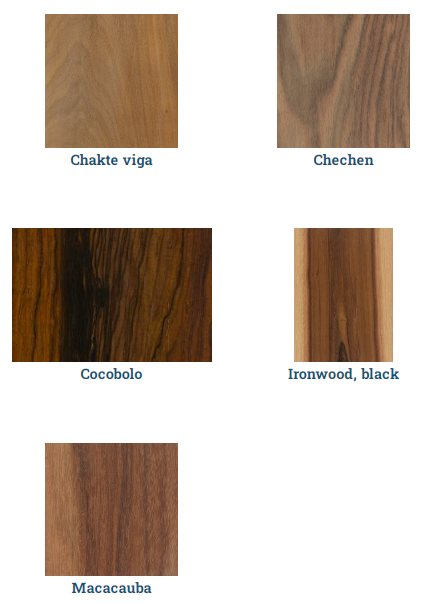
Central America:
- Chakte viga
- Chechen
- Cocobolo
- Ironwood
- Macacauba
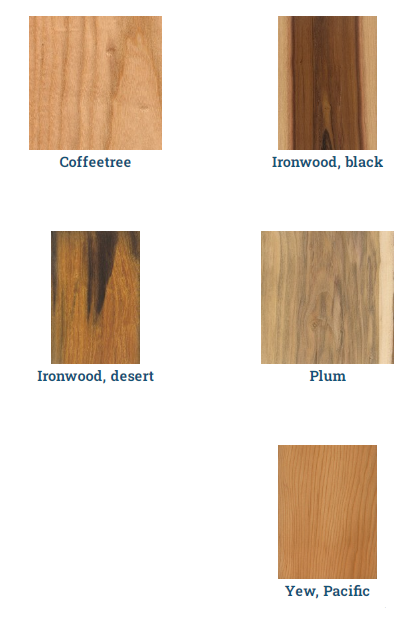
North America:
- Coffeetree
- Ironwood
- Plum
- Ironwood, desert
- Yew, Pacific
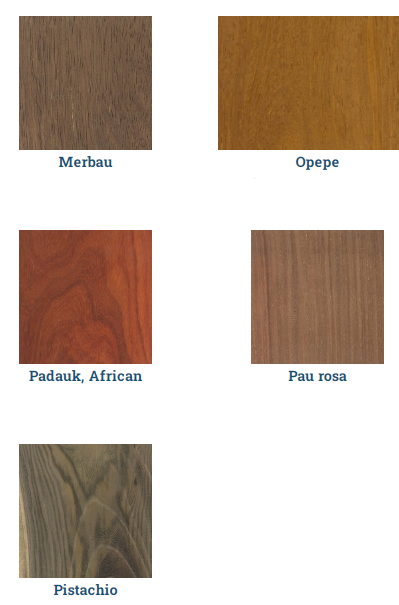
Africa:
- Merbau
- Opepe
- Padauk, African
- Pau rosa
- Pistachio
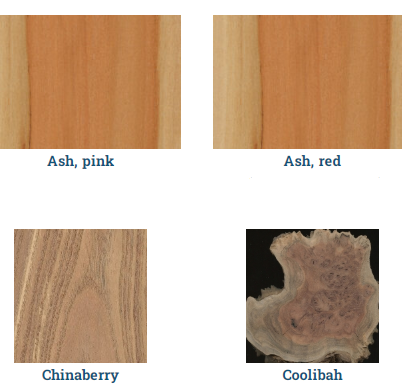
Australia/New Zealand:
- Ash, pink
- Ash, red
- Chinaberry
- Coolibah
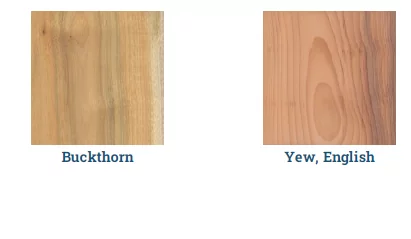
Europe:
- Buckthorn
- Yew, English
You may be interested in looking at the following articles:
Light-Colored Wood
Natural Wood Colors Chart


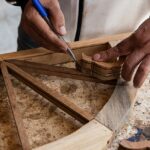
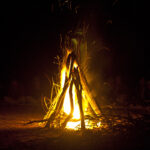
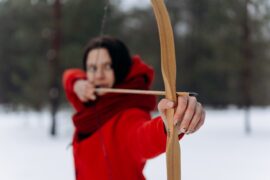
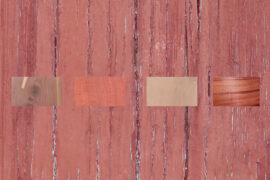
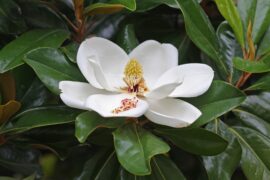
Comments
Pingback: Natural Wood Colors Chart - Wood Dad